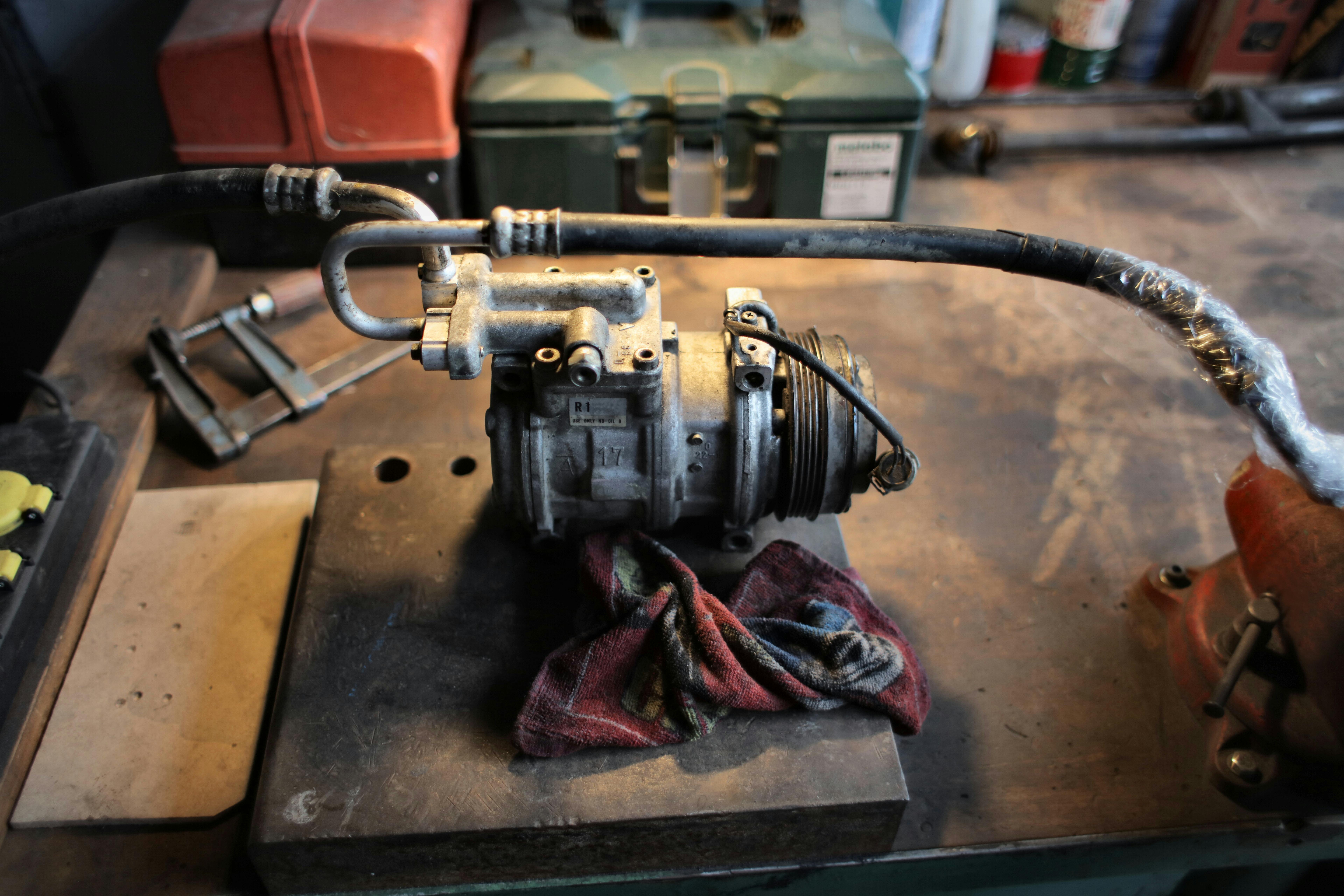Hi! In full disclosure, we may earn money from companies (like Amazon) mentioned in this post if you make a purchase through our links. Thanks in advance for the support!

Title: How Does a Heat Pump Mini-Split/Ductless Air Conditioner Differ from a Regular Mini-Split/Ductless Air Conditioner?
Introduction:
When it comes to cooling options for homes and small spaces, mini-split/ductless air conditioners have become increasingly popular due to their flexibility and energy-efficient operation. However, within this category, there are two main types: regular mini-split/ductless air conditioners and heat pump mini-split/ductless air conditioners. In this article, we aim to highlight the key differences between these two options, helping you make an informed decision for your cooling needs.
H1: Regular Mini-Split/Ductless Air Conditioner vs. Heat Pump Mini-Split/Ductless Air Conditioner
H2: What is a Regular Mini-Split/Ductless Air Conditioner?
A regular mini-split/ductless air conditioner, also known as a cooling-only system, is designed solely for cooling purposes. This type of system consists of an outdoor unit (condenser) and one or more indoor units (evaporators) that distribute cool air throughout different zones or rooms. Regular mini-splits do not provide heating capabilities, making them suitable for year-round cooling in regions with mild or warm climates.
H2: What is a Heat Pump Mini-Split/Ductless Air Conditioner?
A heat pump mini-split/ductless air conditioner, as the name suggests, offers both cooling and heating functions. This type of system uses advanced refrigeration technology that allows it to extract heat from outdoor air even in colder temperatures and transfer it indoors for heating. Heat pump mini-splits are a viable option for regions with moderate winter climates, as they eliminate the need for separate heating equipment, providing year-round comfort efficiently.
H3: Key Differences between Regular and Heat Pump Mini-Splits/Ductless Air Conditioners
1. Cooling vs. Cooling and Heating:
Regular mini-splits only cool the air, while heat pump mini-splits provide both cooling and heating functions, making them more versatile.
2. Energy Efficiency:
Heat pump mini-splits are highly energy-efficient since they transfer heat instead of generating it. This results in lower electricity bills and a reduced carbon footprint.
3. Initial Investment:
Heat pump mini-splits generally require a larger upfront investment compared to regular mini-splits due to their added heating capabilities and advanced technology. However, the long-term energy savings offset this initial cost difference for many homeowners.
4. Climate Considerations:
Heat pump mini-splits are best suited for areas with moderate winters, as they may struggle to maintain comfortable temperatures in extremely cold climates. In such regions, a backup heating source might be necessary.
5. Installation and Space Requirements:
Both regular and heat pump mini-splits require professional installation. However, heat pump systems may have additional components, such as reversing valves and defrost controls, which require careful placement and proper sizing.
6. Longevity and Maintenance:
Both types of mini-splits require regular maintenance to ensure optimal performance and extend their lifespan. However, since heat pump mini-splits operate year-round, they may experience slightly more wear and tear compared to regular mini-splits that are used solely for cooling.
Call to Action: CALL FOR QUOTE: 1.855.920.1857
Conclusion:
Choosing the right type of mini-split/ductless air conditioner for your cooling needs involves considering several factors. Regular mini-splits provide efficient cooling, while heat pump mini-splits offer the added advantage of heating capabilities, making them suitable for year-round comfort. By understanding the key differences between these two options, you can make an informed decision and ensure optimal comfort in your home or small space.
Call to Action: CALL FOR QUOTE: 1.855.920.1857

